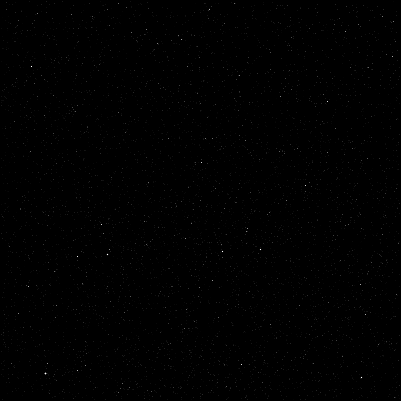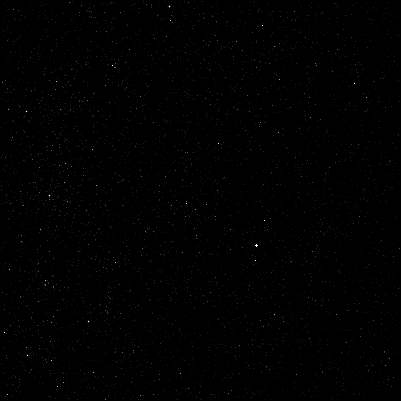Surely many of you have heard about the planets discovered around other stars. These planets are discovered not by direct observation (they would be drowned out by the glare of their star), but by recording the Doppler shift in the star's spectra as it wobbles back and forth from the gravitational influence of the planet.
As you can imagine, it takes a pretty sizable planet to make a whole star wobble back and forth noticeably, and so most of the planets discovered so far are considerably larger even than Jupiter, with masses ranging as high as 10 or 20 Jovian masses.
What is less obvious is that these masses are only lower bounds on the masses. The reason for this is a bit involved: We can only see the movement toward us and away from us, from the Doppler shift. What we cannot see is the movement from side to side. So we can't tell if a star that's wobbling back and forth up to 20 m/s is moving just about the same side to side (which would indicate a smaller planet) or mostly side to side (which would indicate a larger planet). In principle, those planets could be arbitrarily large, though a loose upper bound is placed by the fact that they aren't large and bright enough to see. (A planet that is 100 Jovian masses is already large enough to support fusion as its primary energy source, and would qualify as a star, though it might not be bright enough to see.)
One of the stars that has been discovered to have a planet around it is 47 Ursae Majoris. The Morrisons discuss this system in the October 1998 issue of Scientific American, and they wonder what the sky would look like from there. Well, it turns out that Hipparcos has done the parallax measurements on this star, which has a Hipparcos index of 53721, if you want to look it up. So the below pictures are views of the sky as seen from 47 Ursae Majoris. Enjoy!

Perhaps the first place our imaginary star-trippers would look is back at our sun. From our place here on earth, the sun during the day blazes at a magnificent magnitude of -26 (pardon the alliteration), but from this vantage point, some 45 or 50 light years away from earth, the sun is a dim point of light at magnitude about 5.5.
In this view, the sun is in the exact middle of the view, and very dim (stars are shown to about magnitude 7, depending on the quality of your display). It's somewhat easier to see in the stereogram, since it's much closer than most stars in the Hipparcos catalogue, just a bit further away than the red triangles at the bottom of the picture, which are 10 parsecs or about 32.6 light years away.

The Morrisons assert that the brightest star as seen from 47 Ursae Majoris is not Sirius (not surprising, since Sirius is only a moderately bright star seen from a mere eight light years distance), but Canopus, which is some 300 light years from the sun and hence doesn't change much in brightness. In fact, in going to 47 Ursae Majoris, we travel just about perpendicular to the line from the sun to Canopus, so the distance doesn't really change much at all.
I haven't double checked this—I would have to modify my program a little, and I haven't had the time to do that yet—but I decided to show a view over at Canopus anyway. It's the brightest star in the view shown here. You can compare the distances to the various stars in the field here; some are further than Canopus, and some are closer. None, however, is brighter.
Copyright (c) 1998 Brian Tung